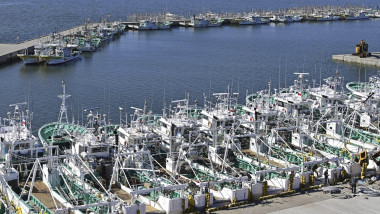Fukushima nuclear plant will start releasing treated radioactive water to sea as early as Thursday
Japan will start releasing treated and diluted radioactive wastewater from the Fukushima Daiichi nuclear plant into the Pacific Ocean as early as Thursday — a controversial step that the government says is essential for the decades of work needed to shut down the facility that had reactor meltdowns 12 years ago.
